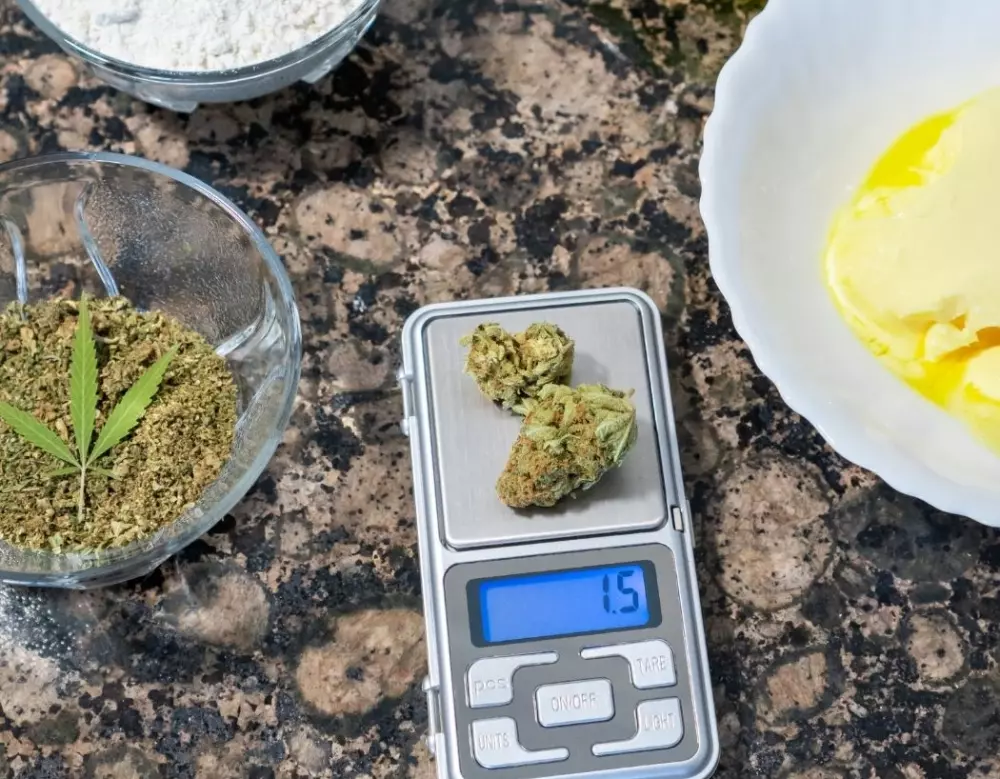In its raw plant form, the cannabis plant will not get you high. Try as you might, if you nibbled on some leaves or gnawed on some raw buds, sure, you’d be getting some great fresh terpene expression and some cannabinoids, but you definitely won’t be getting high, and you would reap few of the plant’s medicinal benefits. So how do cannabinoids go from mostly inactive molecular compounds to the powerhouses we know and love? A chemical reaction called decarboxylation – decarbing for short, or just plain ol’ “activating” – is to thank, and it’s an essential step in everything from smoking your favorite flower to making infused foods at home.
Before decarbing, cannabinoids are in what’s known as an acid form – THCA and CBDA, for example – and these cannabinoids interact very weakly at the CB1 and CB2 receptors throughout the body. THC, however, has a high affinity for reacting at these receptor sites (CBD to a lesser degree), making the decarbing process key to unlocking the high you’re seeking from your bud. As decarbing occurs, cannabinoids release a carbon atom from their chains, converting THCA to THC, and allowing the cannabinoids to bind to the CB1 receptors.
All of that science aside, in practice, decarbing happens every time you light your bowl, as heat initiates the reaction. This reaction is instantaneous during smoking, and by the time the cannabinoids enter your bloodstream, they’ve been converted to their active forms. Vaping and dabbing also utilize heat to activate cannabinoids in concentrates, and need to be decarbed to be activated.
Tips and Tricks for Decarbing Your Cannabis
While decarbing during vaping or smoking takes little more than the touch of a button or the flick of a Bic, edibles production requires a more fine-tuned and precise approach. There are several different ways to decarb for your at-home infusions, and we’ll explore those below, but first, a few key things to note:- You must decarb your weed before you make your infusion! Activating the CBD or THC in your flower before the infusion process is essential to make sure you’re getting the experience – and dosage – you expect. This goes for working with both flower and concentrates.
- Time and temperature matter! While there is a lot of conflicting data about the exact best practices for activating cannabinoids, the general consensus is a slow and low heating process. Also, cannabinoids decarb fully at different temperatures! If you’re working with a high-CBD strain, for example, you’ll want to decarb your cannabis at a lower temperature to activate the CBD. Time and temperature best practices are the same for flower and concentrates.
- Heating your cannabinoids too long will inactive the compounds and result in the oxidization into CBN, another cannabinoid we recognize as being sleep-inducing and from “old weed.”
